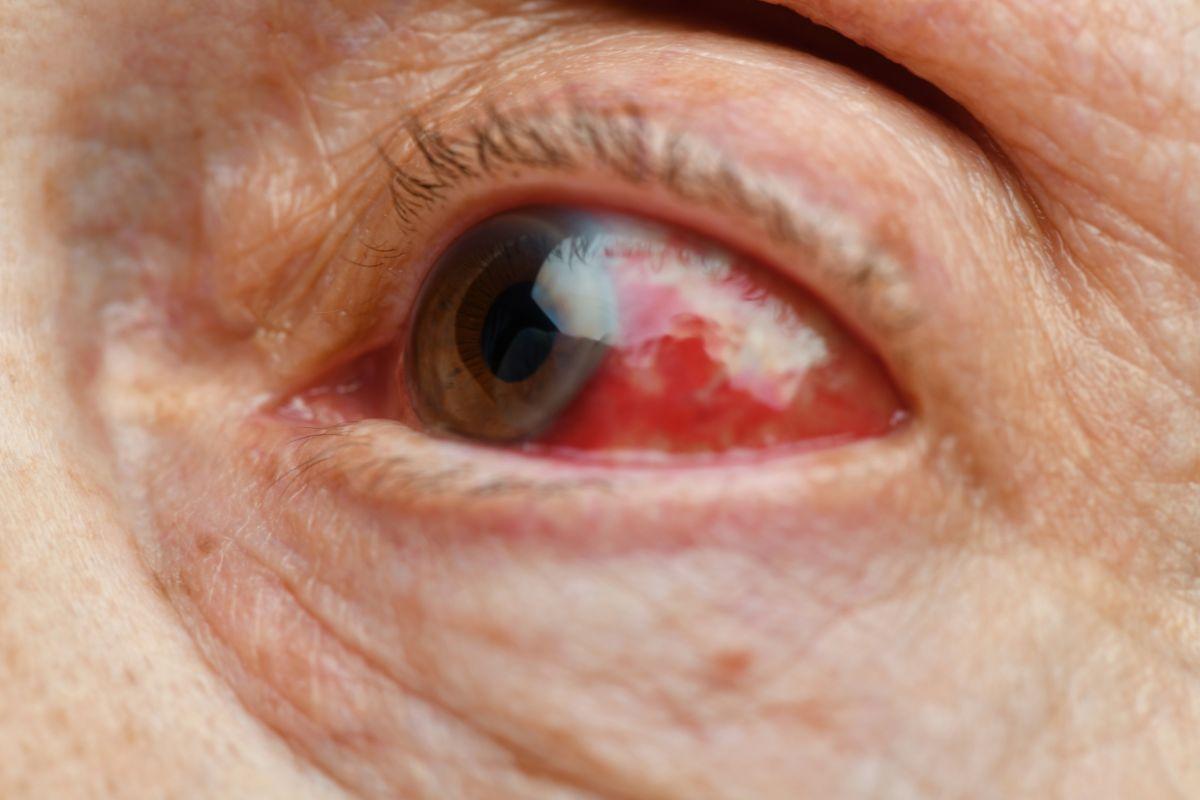Written by Dr Sofia Eriksson for Doctify
When people have narcolepsy in the movies, they tend to fall asleep immediately, no matter what they’re doing. It’s often played for comedy as sufferers instantly pass out mid-conversation.
But what actually causes it? And can people really fall asleep standing up? Here to separate the fact from fiction is neurologist, Dr Sofia Eriksson.
What is narcolepsy?
Narcolepsy is a chronic neurological disorder caused by the brain’s inability to regulate sleep-wake cycles normally. Features of REM sleep intrude into wakefulness and non-REM sleep.
It is characterised by:
- excessive daytime somnolence (drowsiness)
- cataplexy (loss of muscle tone associated with strong emotions)
- hallucinations (as you are about to fall asleep or wake up)
- sleep paralysis
What triggers it?
Narcolepsy with cataplexy is caused by loss of a specific type of nerve cells in the brain. These cells produce a neurotransmitter called orexin or hypocretin that is important for regulating sleep and wakefulness.
There is some evidence that this may be an autoimmune disease.
How is it diagnosed?
Narcolepsy is diagnosed with an overnight sleep study/polysomnography (mainly to exclude other caused for daytime somnolence). This is followed by a nap test the next day (multiple sleep latency test).
During the nap test, people are asked to try to fall asleep on up to five occasions with two hours between each nap. We monitor how quickly they fall asleep and if there is any REM sleep in the daytime naps.
Sometimes people may have a lumbar punction (spinal tap) to measure the levels of orexin/hypocretin in the cerebrospinal fluid.
Can it be dangerous for the person suffering from it?
Narcolepsy can have an effect on almost all aspects of daily living. People may have difficulties keeping up with education, holding down a job and may not be able to drive. Narcolepsy often affects relationships as well.
Are there ways to cure/manage it?
There is no cure for narcolepsy and treatment is “symptomatic”. That means that we use different medications to treat the symptoms. We use different stimulants (such as Modafinil and amphetamine-derivates) to treat the excessive daytime somnolence and antidepressants to treat cataplexy.
In addition to medication, it is important to work with lifestyle factors. These include good sleep hygiene and taking planned naps in the day, to help manage the symptoms.
Using a combination of medication and other strategies, symptoms are often manageable to ensure most people with narcolepsy can still live life to the full.
Are the cultural representations of narcolepsy at all accurate?
There are a lot of misconceptions about people with narcolepsy. Although people can sometimes fall asleep standing up or talking to people, they often do not just fall asleep at the drop of a hat and there is usually a warning that they are about to fall asleep.
It may come as a surprise to hear that people with narcolepsy do actually not sleep more than others during a 24-hour period. They usually have very poor, disrupted night-time sleep and have difficulties staying asleep as well as staying awake.




